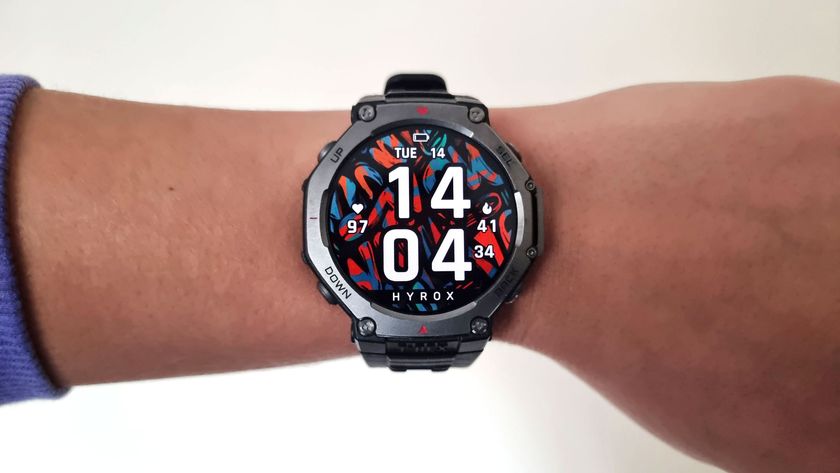Fitness Trackers May Boost Weight Loss

Fitness trackers may help some people get more out of using a weight loss app, a new survey suggests.
The survey, which involved more than 5,000 people who use the popular weight loss app Lose It!, found that 60 percent of users said they lost more weight when they paired a fitness tracker with the app, compared with when they didn't use a tracker. In fact, 96 percent of the responders said they were using an activity tracker along with the app.
Adding a fitness tracker to the app may provide "another level of accountability" for users, said Charles Teague, CEO of Lose It! "Motivation is a major factor in helping our members lose weight and it was exciting to see the role connecting an activity tracker to Lose It! can play," Teague told Live Science.
The survey also showed that 92 percent of users said using a fitness tracker with the app helps them stay motivated.
However, it may be that people who use this app are more dedicated to their fitness trackers than people who don't. Eighty-seven percent of Lose It! users said they wear their activity tracker every day, and 78 percent said they have used their activity tracker for a year or more. This is in contrast to another recent survey, which found that about one-third of Americans who own a fitness tracker or smartwatch abandon the device within six to 12 months. [Fantasy Fitness Tracker: 8 Absolutely Must-Have Features]
Using one of the best fitness trackers in conjunction with the app may give users a better overall picture of their health, Teague said. The Lose It! app calculates how many calories users should consume per day to achieve their weight loss goals, and includes a calorie tracker and a database of foods. Users can also manually log their exercise and weight, and challenge friends to compete toward a particular goal.
But the app does not automatically track workouts, sleep or weight, and can only track steps automatically if people are using an iPhone 5S or iPhone 6, and this is where a fitness tracker may step in.
Sign up for the Live Science daily newsletter now
Get the world’s most fascinating discoveries delivered straight to your inbox.
Dr. Mitesh S. Patel, an assistant professor of medicine and health care management at the University of Pennsylvania School of Medicine, noted that the new survey was not a scientific study, so there are limitations to what people can draw from the findings. For example, users did not have their weight measured objectively, so it's not clear whether they really did lose weight, Patel said.
Patel, who was not involved in the research, agreed that the people who responded to the survey are probably more motivated than the average person in the population.
And it's likely not the wearable device itself that's causing people to lose weight, but rather how the wearable or the app engages users to motivate them to change their behavior, Patel said.
Although wearable devices have the potential to help people change their behaviors, more studies need to be done to look at which engagement strategy works best for users, Patel said. These studies should be well designed and include a control group (for example, a group that does not use a fitness tracker, to be compared with a group that does).
Patel and colleagues are in the process of studying which strategies help motivate people the most to change their behavior. A previous study from Patel's group found that most smartphone apps are just as good at counting steps as wearable devices.
Follow Rachael Rettner @RachaelRettner. Follow Live Science @livescience, Facebook & Google+. Original article on Live Science.

Rachael is a Live Science contributor, and was a former channel editor and senior writer for Live Science between 2010 and 2022. She has a master's degree in journalism from New York University's Science, Health and Environmental Reporting Program. She also holds a B.S. in molecular biology and an M.S. in biology from the University of California, San Diego. Her work has appeared in Scienceline, The Washington Post and Scientific American.











